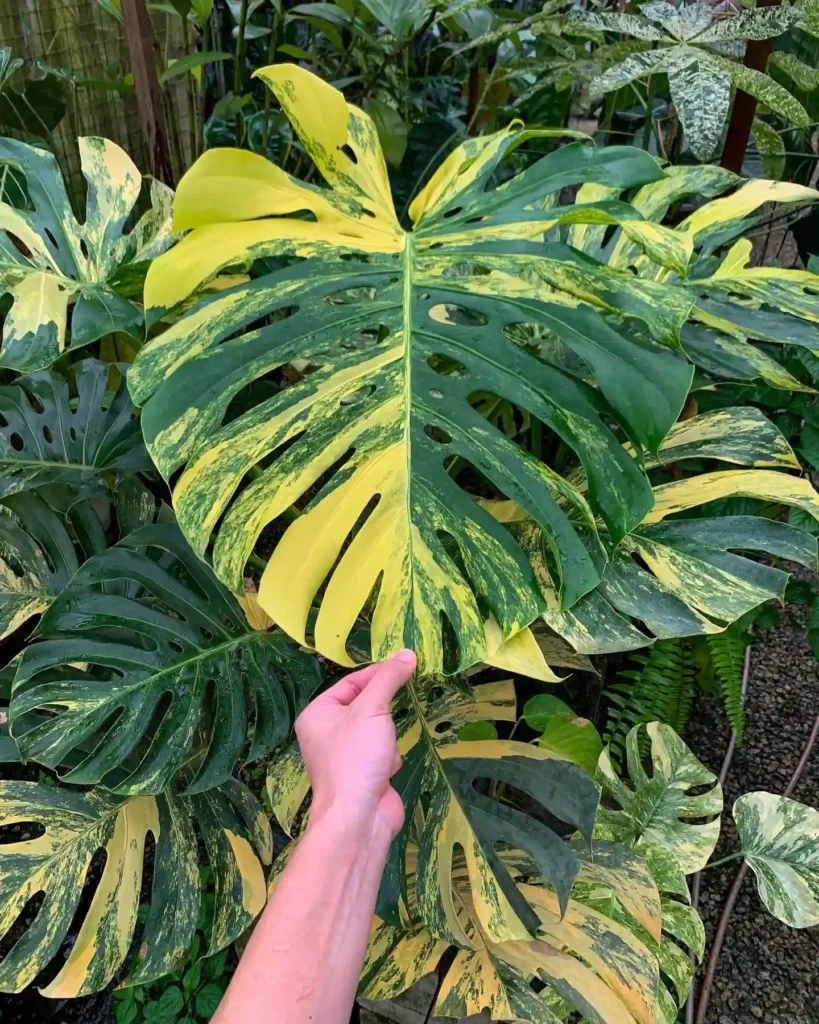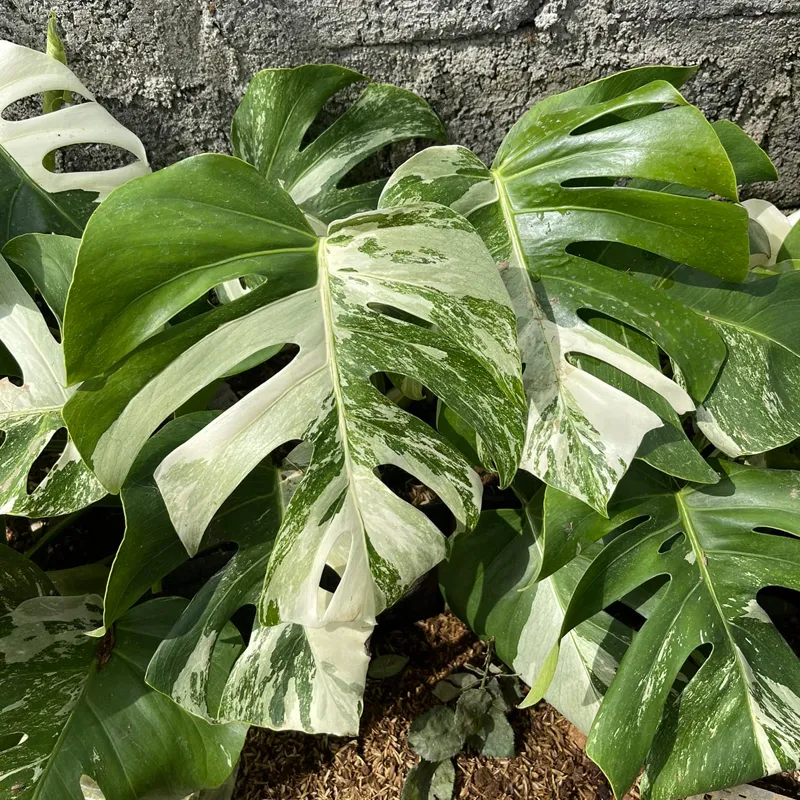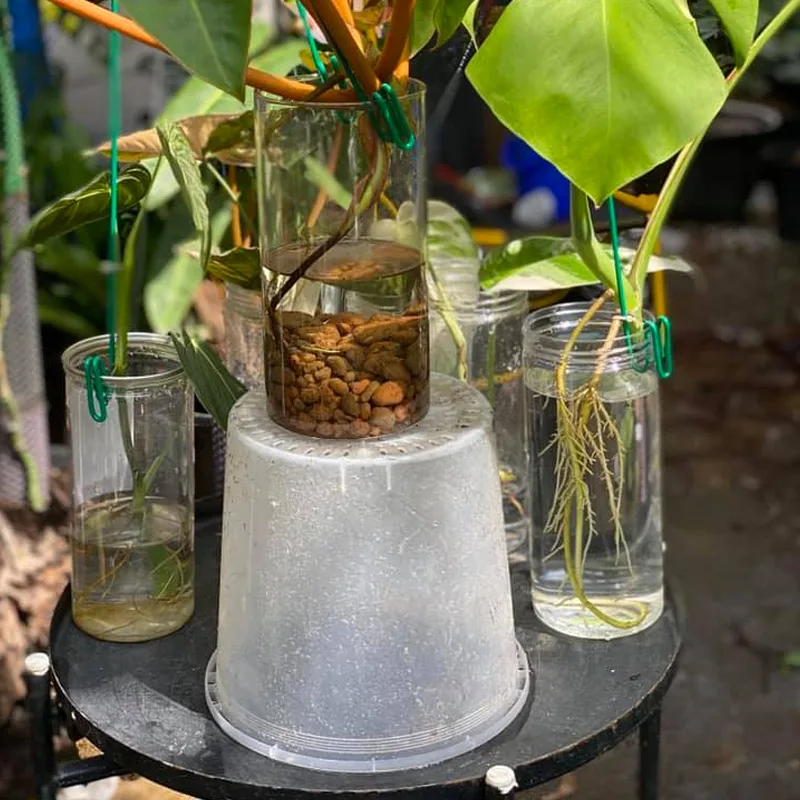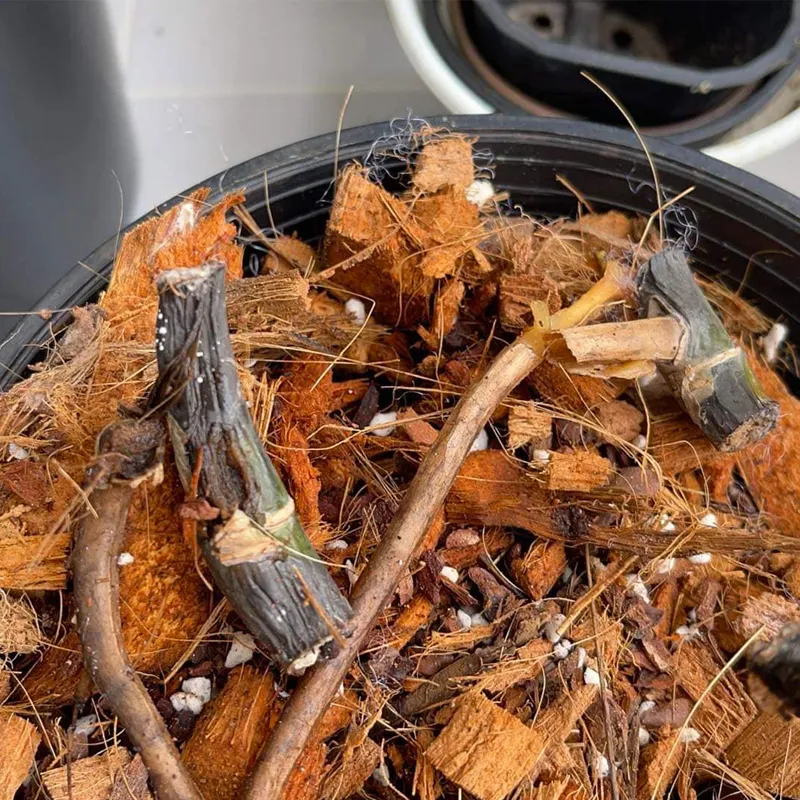Monstera plants, known for their beautiful and distinctive foliage, require proper lighting conditions to thrive indoors. Understanding the importance of natural light and learning how to supplement it with artificial lighting can help you provide the ideal environment for your plants. In this article, we will delve into the specifics of natural light requirements and explore how to effectively use artificial lighting as a substitute when growing them indoors.
67 Species in Genus Monstera
Natural Light Requirements for Monstera Plants:
Monstera plants are native to tropical regions where they grow under the canopy of trees. As such, they thrive in bright, indirect light conditions. Here are some key factors to consider when providing natural light for your plants:
Indirect sunlight: They prefer bright, indirect sunlight. Direct sunlight can scorch their leaves, leading to damage. Place your plants near a window where it receives filtered or diffused light.
Bright but not intense: Monstera plants benefit from bright light, but intense, direct sunlight can be harmful. A good balance is to provide them with bright, indirect light for a few hours each day.
East or north-facing windows: They are well-suited for east or north-facing windows, as they receive gentle morning or indirect light throughout the day. Avoid placing them in south or west-facing windows where they might be exposed to harsh afternoon sun.
Supplementing Natural Light with Artificial Lighting:
While natural light is ideal, it may not always be sufficient when growing plants indoors. Artificial lighting can serve as a supplement, ensuring they receive the necessary light energy. Here are some tips for using artificial lighting effectively:
Choosing the right bulbs: Select full-spectrum LED or fluorescent bulbs for your plants. These bulbs emit light that closely resembles natural sunlight, providing the necessary wavelengths for photosynthesis.
Placement and duration: Position the artificial light source above the Monstera, mimicking the angle and distance that natural light would come from. Ensure the light reaches all parts of the plant. As a general rule, provide 12-16 hours of artificial light per day to compensate for the lack of natural light.
Timing and consistency: Establish a consistent lighting schedule for your plants. Plants require regular day and night cycles, so it’s important to turn off the artificial lights at night to allow them to rest. Use timers to automate the lighting schedule.
Light intensity and distance: Adjust the distance between the artificial light and the Monstera plant based on the light intensity requirements of your specific plant species. Monitor the plant for any signs of light stress or inadequate lighting, such as yellowing leaves or stunted growth.
Conclusion
Monstera plants have specific light requirements that set them apart from many other indoor plants. While some houseplants can tolerate low light conditions, Monstera plants thrive in bright, indirect light. Their large, glossy leaves are adapted to capture as much light as possible in their native tropical habitats. Compared to other indoor plants, Monstera plants generally require more light to maintain their vibrant foliage and promote healthy growth. Therefore, providing adequate and suitable light conditions is essential for the overall well-being and visual appeal of your Monstera plant.
Providing the right balance of natural and artificial light is crucial for the healthy growth of Monstera plants. By understanding the natural light requirements and effectively supplementing with artificial lighting, you can create an optimal environment for your Monstera to thrive indoors. Remember to observe your plant closely and make adjustments as needed to ensure it receives the ideal light conditions for its growth and well-being.
If i die, water my plants!



